The allure of forest exploration lies in its beautiful simplicity—all you need is sturdy footwear, comfortable clothing, and, surprisingly, a reliable pair of gloves. Whether you’re scrambling over fallen logs, climbing rocky outcrops, or clearing trail debris, gloves protect your hands while allowing you to connect fully with nature’s raw elements.
These natural sanctuaries offer more than just picturesque views; they provide opportunities for genuine, hands-on experiences with the wilderness. Here is a list of 20 forest escapes where a good pair of gloves will be your most essential companion, beyond the obvious hiking boots and water bottle.
White Mountain National Forest, New Hampshire
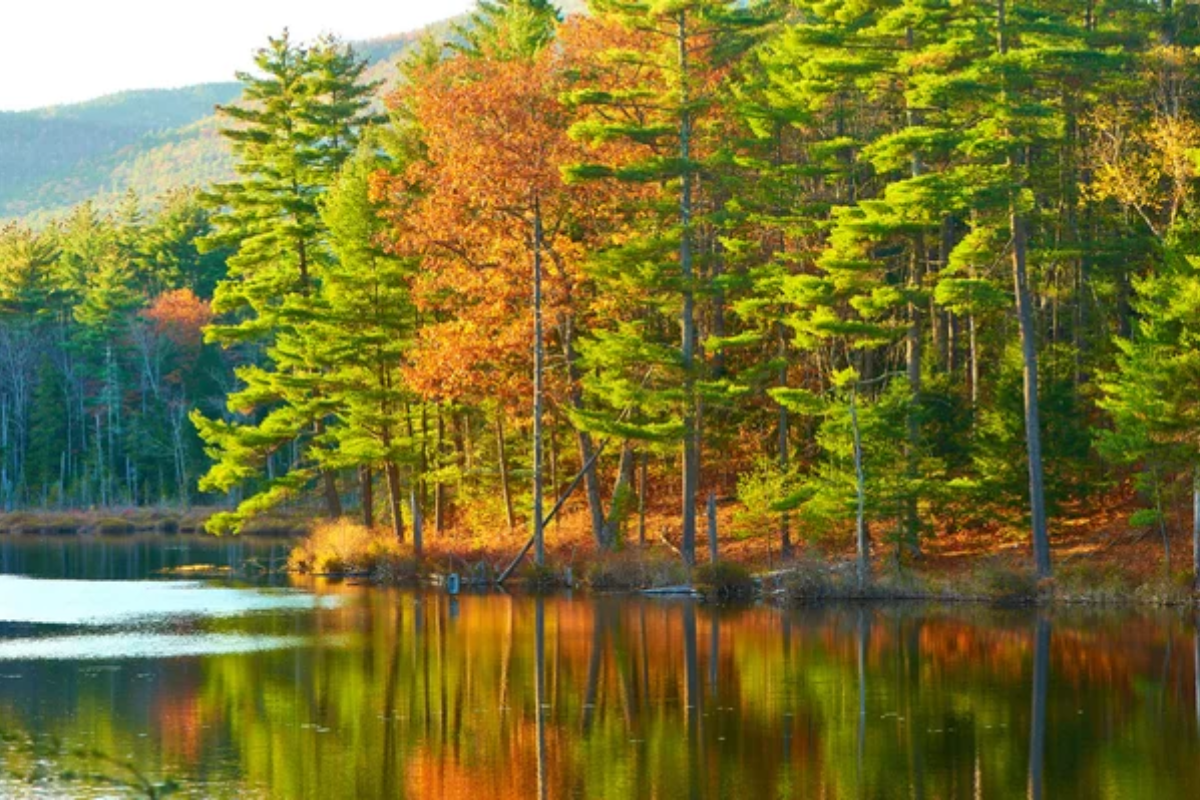
The rugged terrain of White Mountain features granite outcroppings and fallen timber that practically beg for hands-on exploration. Visitors frequently scramble up boulder fields along the Franconia Ridge Loop, where gloves prevent painful scrapes against the granite.
The forest’s famous birch groves also harbor peeling bark that, while tempting to touch, can leave tiny splinters in unprotected hands.
Olympic National Forest, Washington
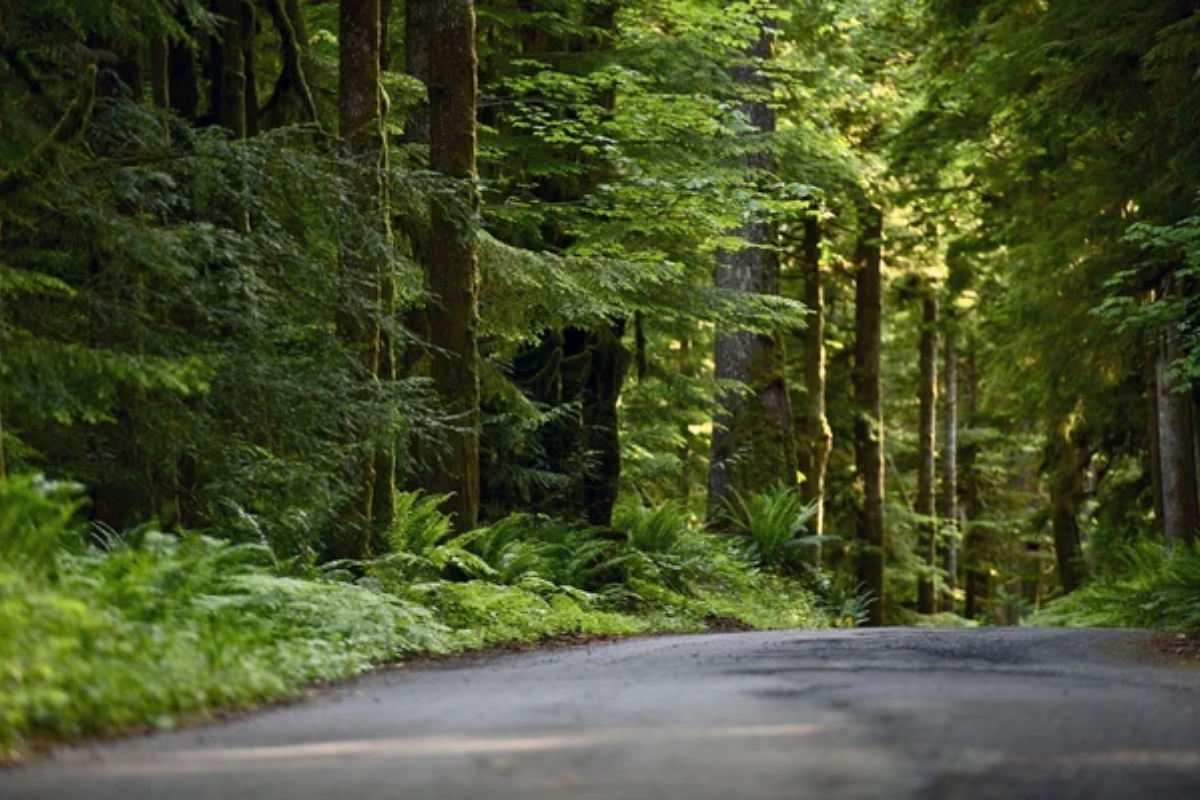
This temperate rainforest contains some of the most tactile environments in North America, with moss-covered logs that become surprisingly slippery after typical Pacific Northwest rainfall. Hardy gloves with grippy palms are essential when traversing the Hoh River Trail, where visitors often need to steady themselves against damp surfaces.
The constant moisture also makes fallen trees incredibly soft and sometimes deceptively unstable, requiring careful hand placement when climbing over trail obstacles.
Like Travel Pug’s content? Follow us on MSN.
Coconino National Forest, Arizona
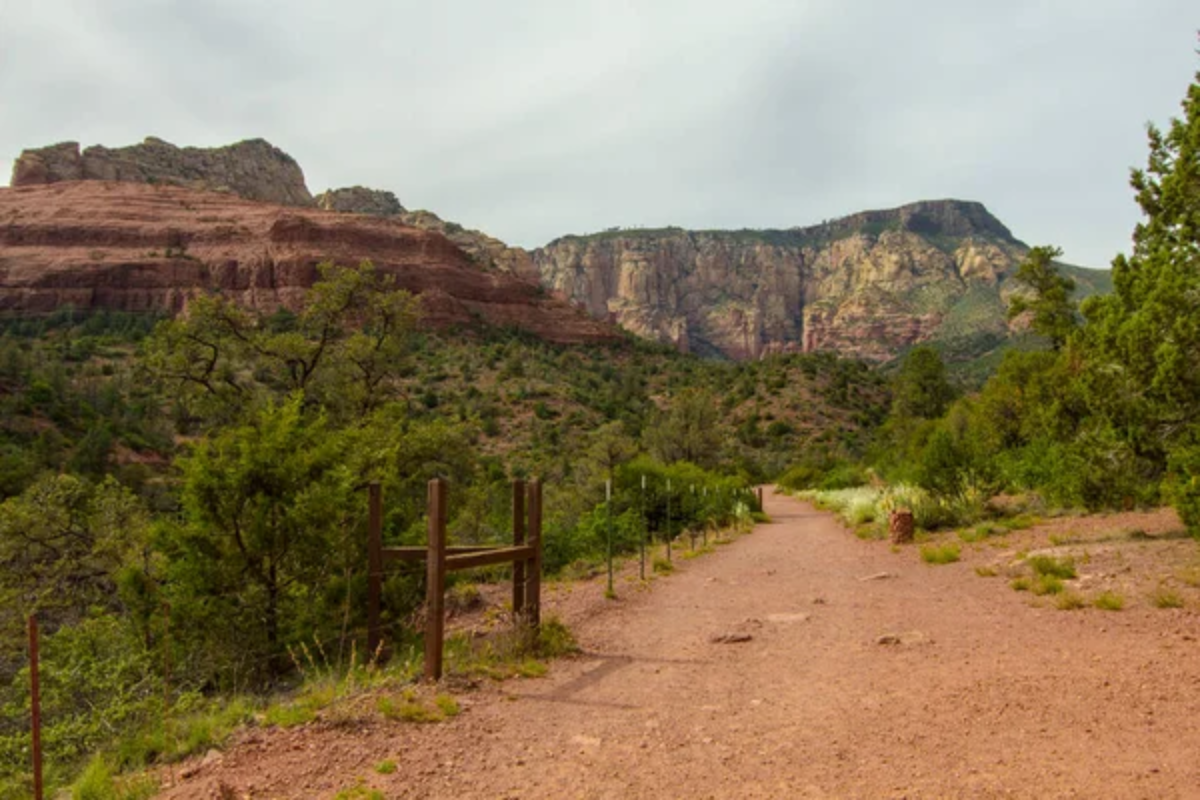
The volcanic landscape surrounding Flagstaff presents unique challenges for hikers exploring its pine-covered mountains and canyon systems. Jagged basalt rock formations along the Kachina Trail can easily slice through skin, making protective gloves non-negotiable for anyone venturing off established paths.
During cooler months, the early morning frost on metal trail infrastructure like handrails and ladders can also stick to bare skin—an uncomfortable surprise that gloves easily prevent.
Chattahoochee-Oconee National Forests, Georgia
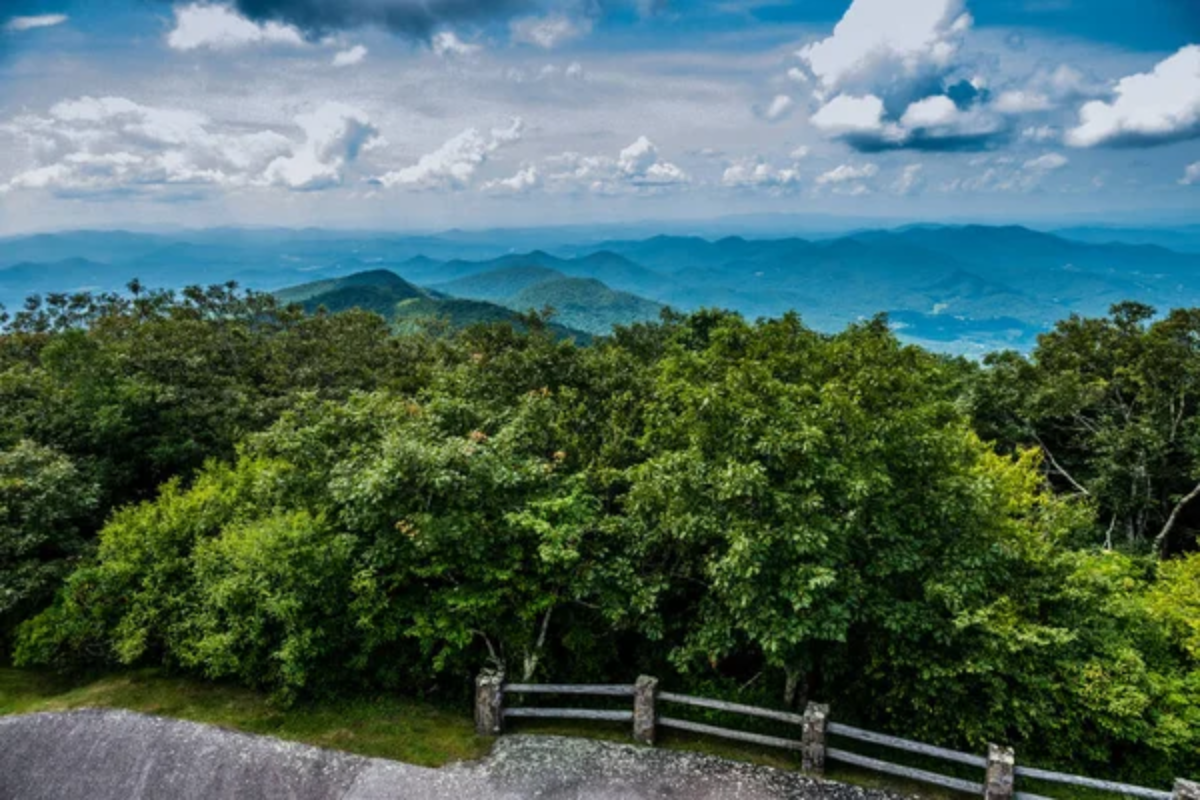
The dense underbrush of these southeastern forests conceals thorny plants that seem strategically positioned along narrow trails. Along the Benton MacKaye Trail, hikers encounter blackberry brambles that produce delicious fruit but are protected with sharp thorns that can easily penetrate skin.
The forest’s high humidity also accelerates decomposition, creating punky logs that appear solid but can suddenly give way, making gloves essential for safely testing surfaces before applying full body weight.
Superior National Forest, Minnesota
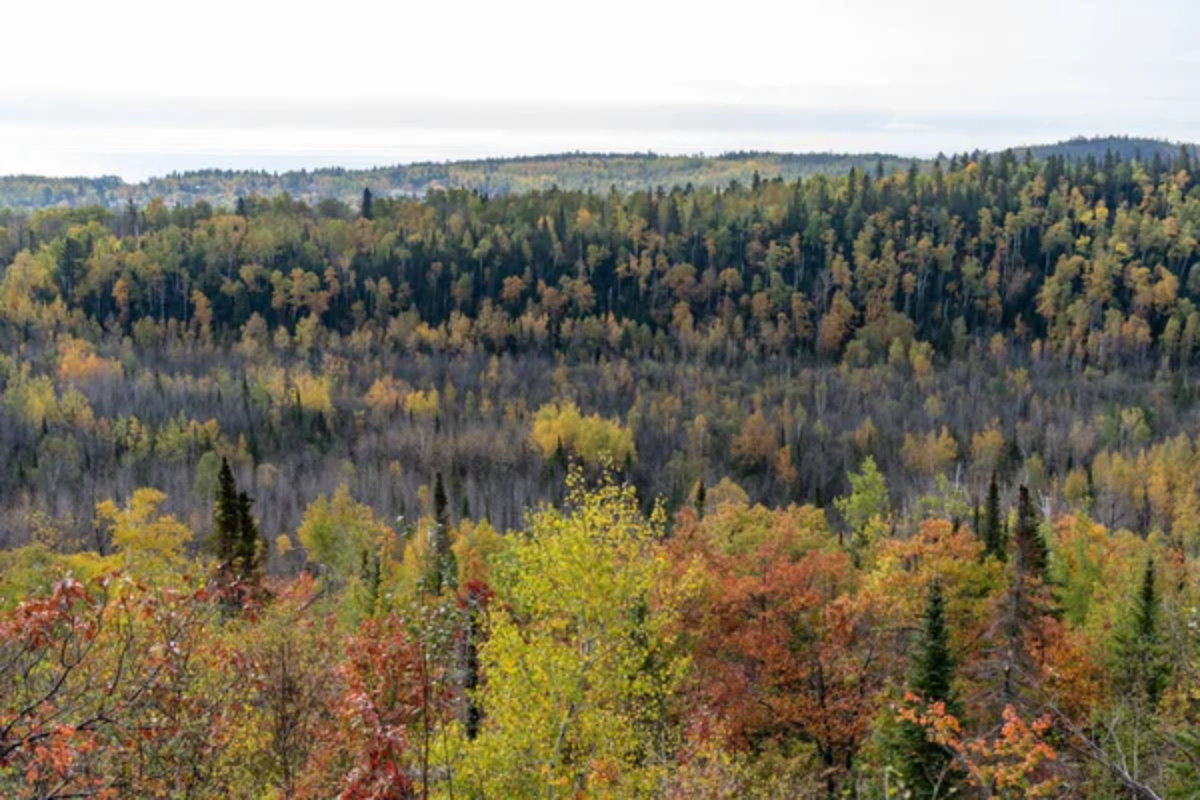
This northern forest becomes a paradise for winter adventurers, with snow-laden pines creating picture-perfect landscapes that conceal extremely cold surfaces. The Boundary Waters area features exposed granite that conducts cold so efficiently that bare hands can stick to rock surfaces in subzero temperatures.
Even during summer, the forest’s abundant birch and aspen trees drop branches that splinter easily when moved, sending tiny wooden shards into unprotected hands.
Like Travel Pug’s content? Follow us on MSN.
Black Hills National Forest, South Dakota

The ponderosa pines dominating this landscape exude copious amounts of sticky resin that seems magnetically attracted to human hands. Hikers along the Centennial Trail discover that touching nearly any conifer results in a stubborn, sap-covered mess requiring serious scrubbing.
The forest’s granite spires also feature mica flakes that, while beautiful, can embed in skin like tiny glass fragments—something a good pair of gloves easily prevents.
Chugach National Forest, Alaska

The extreme conditions of America’s northernmost national forest demand serious hand protection, especially when navigating fallen timber along Spencer Glacier. Winter visitors quickly learn that metal objects—including trekking poles and camera equipment—become dangerous to touch with bare skin as temperatures plummet.
The forest’s coastal areas feature barnacle-covered rocks that function essentially as natural sandpaper, capable of removing several layers of skin with just a light brush.
Green Mountain National Forest, Vermont

This northeastern gem combines beautiful hardwood forests with surprisingly challenging terrain that frequently requires three points of contact when climbing. The forest’s famous maple trees produce sticky sap that coats fallen branches, making them remarkably slippery when wet.
Along the Long Trail, hikers encounter moss-covered stone walls dating back centuries—beautiful historic artifacts that harbor colonies of tiny insects eager to investigate bare hands.
Like Travel Pug’s content? Follow us on MSN.
Uwharrie National Forest, North Carolina
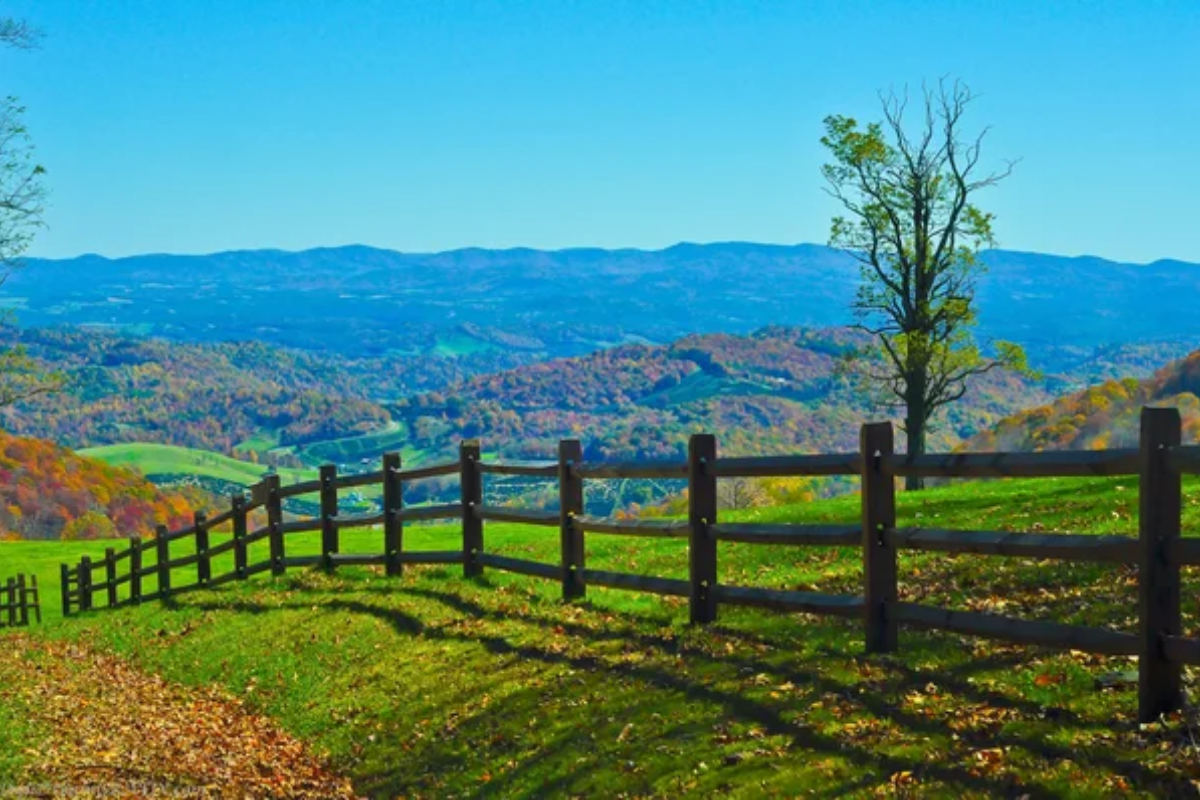
This ancient mountain forest contains some of the oldest geological formations in eastern America, with weathered quartz outcroppings that create deceptively sharp edges. The forest’s gold mining history has left rusty artifacts partially hidden by vegetation—unexpected hazards for hands exploring off-trail areas.
During autumn, the seemingly innocent activity of moving fallen leaves can expose hands to irritating fungal spores that cause itching and rashes in sensitive individuals.
Bridger-Teton National Forest, Wyoming
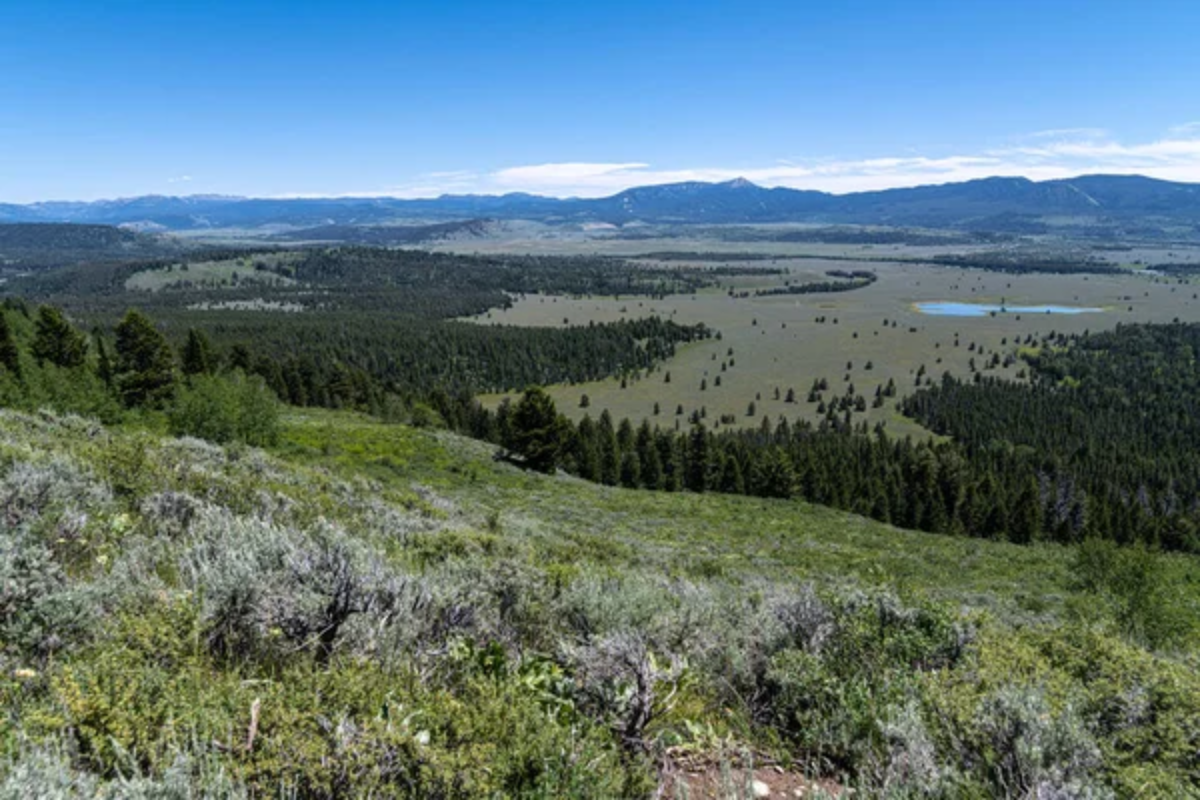
The alpine environment surrounding Grand Teton National Park experiences extreme temperature fluctuations, making exposed metal infrastructure surprisingly hazardous. Morning frost forms on trail signs, bear boxes, and lookout railings, creating sticky situations for bare hands due to rapid heat loss, regardless of the season.
The forest’s abundant deadfall from beetle-killed pines creates obstacle courses of jagged wood along many popular trails, threatening to deliver painful splinters to unprotected explorers.
Kisatchie National Forest, Louisiana

This southern pine forest harbors a surprising diversity of plants with defensive mechanisms ranging from tiny thorns to irritating oils. The longleaf pine restoration areas feature young trees with needle clusters that appear soft but can easily pierce skin when brushed against.
Summer visitors quickly learn that pushing aside vegetation can lead to encounters with fire ants, whose painful stings are best avoided by creating barriers between skin and surroundings.
Like Travel Pug’s content? Follow us on MSN.
Monongahela National Forest, West Virginia
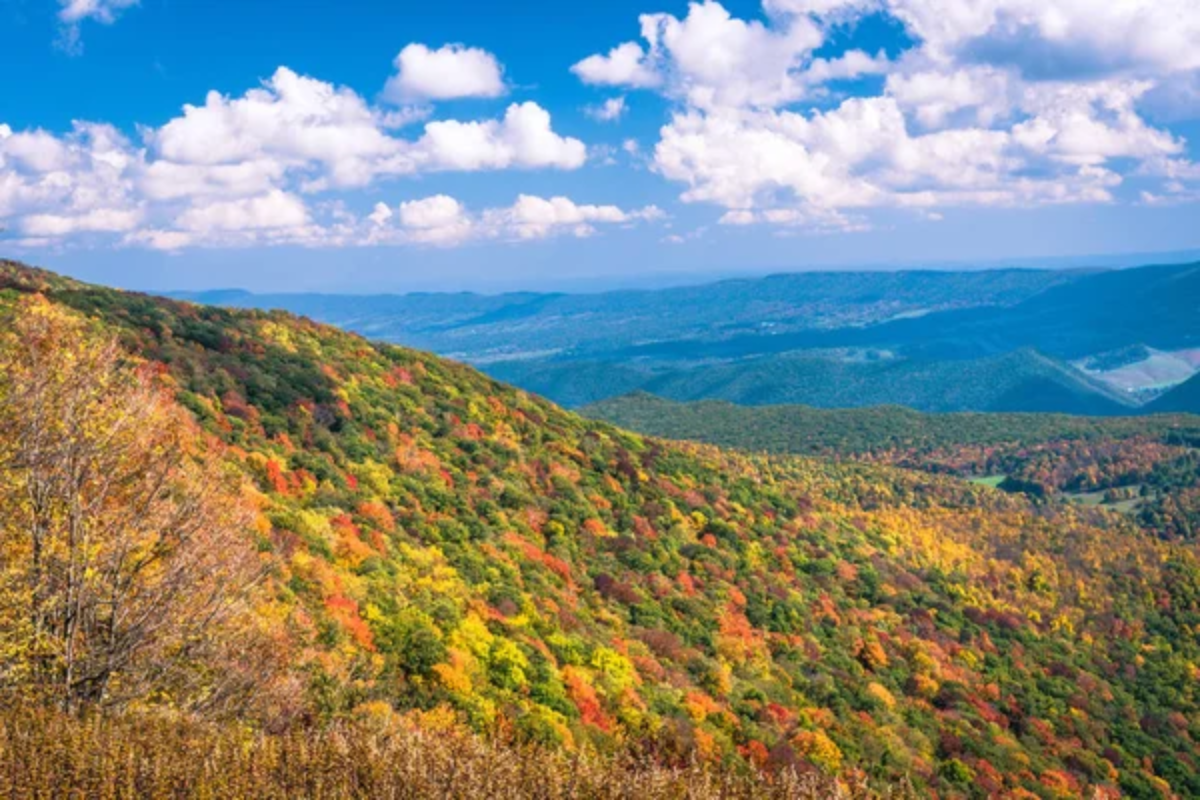
The dense understory of this Appalachian forest contains an impressive array of plants armed with barbs, thorns, and stinging hairs. The Dolly Sods Wilderness area features wind-twisted trees with splintery bark that seems designed to embed in human skin.
Even the forest’s beautiful rock formations harbor sharp edges from centuries of freeze-thaw cycles, creating natural blades perfect for slicing unprotected fingertips.
Tongass National Forest, Alaska
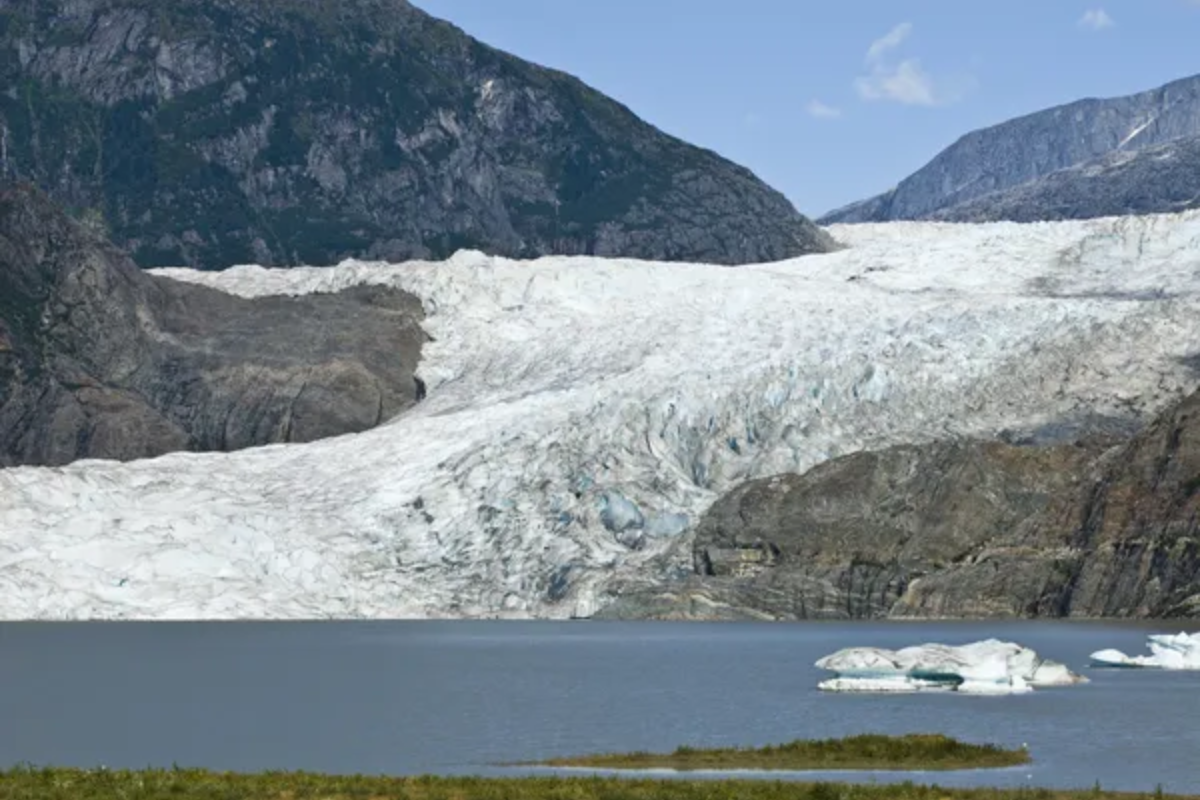
As America’s largest national forest, this coastal temperate rainforest presents unique challenges, including constantly wet surfaces that can harbor hidden marine organisms. The intertidal zones where forest meets ocean contain barnacle-covered rocks that can transform a simple slip into a painful encounter requiring first aid.
The forest’s notorious rainfall also creates slippery conditions on nearly every surface, making secure handholds essential when navigating steep sections of popular trails.
Pisgah National Forest, North Carolina

The rhododendron tunnels along this forest’s famous waterfalls create magical environments that harbor less magical hazards for bare hands. These dense thickets have branches that die and become brittle, creating nearly invisible spears at eye level along many trails.
The forest’s abundant waterfalls create micro-environments where algae grow on nearby rocks, transforming them into slippery hazards that require secure handholds when exploring.
Like Travel Pug’s content? Follow us on MSN.
Mark Twain National Forest, Missouri
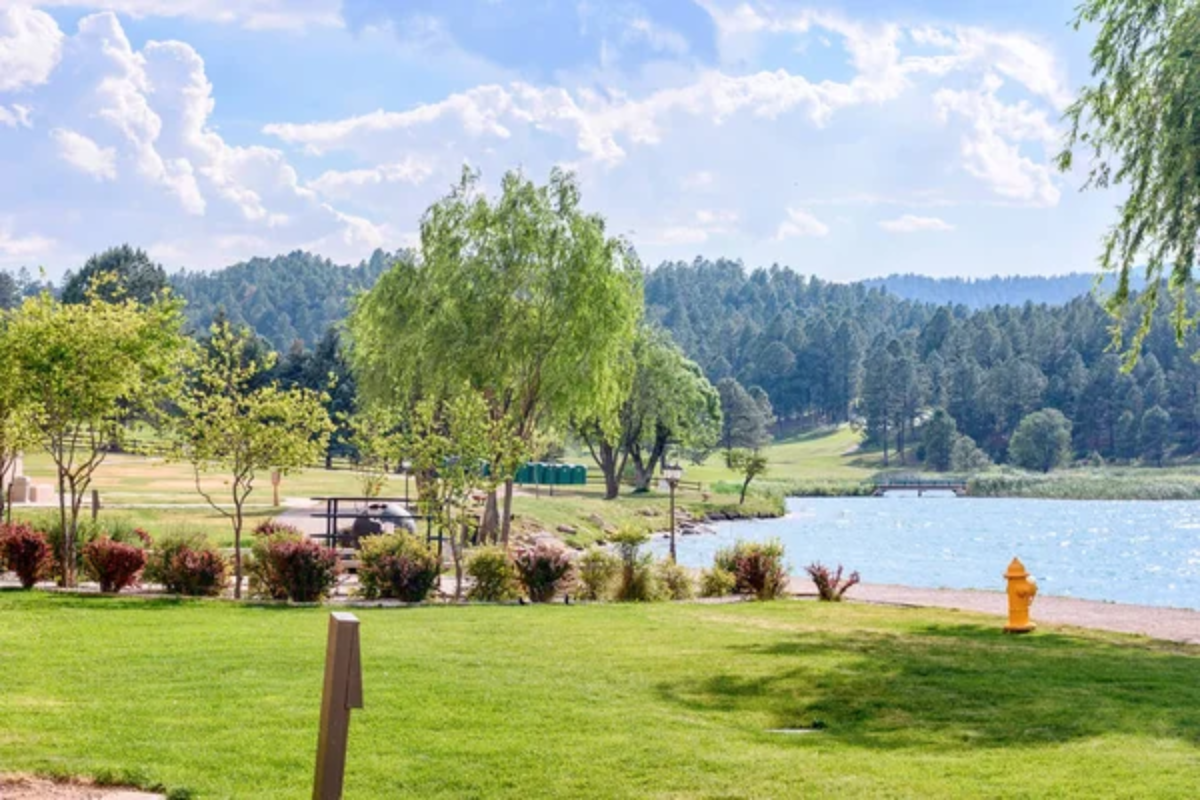
This Ozark forest’s limestone geology creates unique challenges, including razor-sharp rock edges along bluff overlooks. Popular areas like Hercules Glades Wilderness feature rough terrain where hands frequently become support points when traversing steep sections.
The forest’s abundant caves and rock shelters harbor surfaces colonized by mosses and lichens that, while beautiful, can harbor irritating compounds that cause skin reactions in sensitive skin types.
Pike National Forest, Colorado
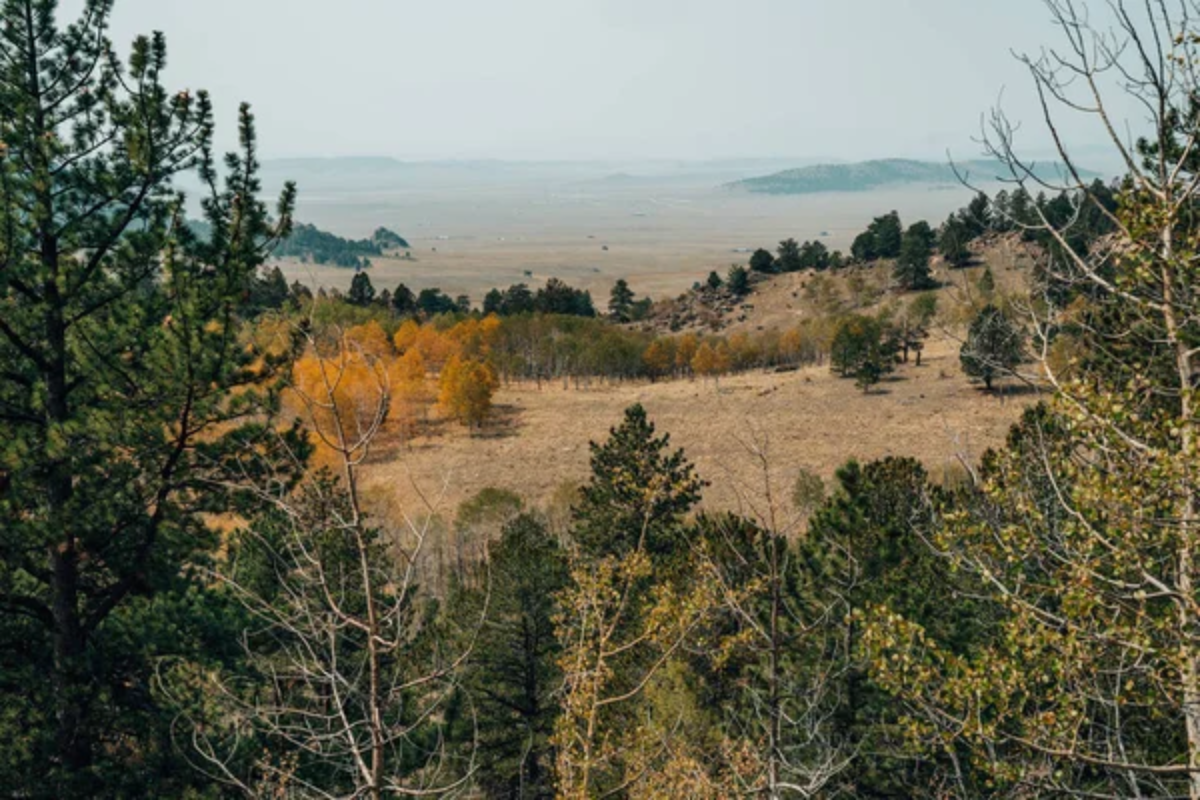
The high elevation environment west of Colorado Springs creates extreme exposure to ultraviolet radiation that quickly damages unprotected skin. When scaling the granite formations along popular trails, hands receive direct sun exposure that can result in surprising sunburns in unlikely places.
Winter visitors discover that metal infrastructure throughout the forest becomes dangerously cold, capable of causing instant skin damage when touched with bare hands.
Shawnee National Forest, Illinois
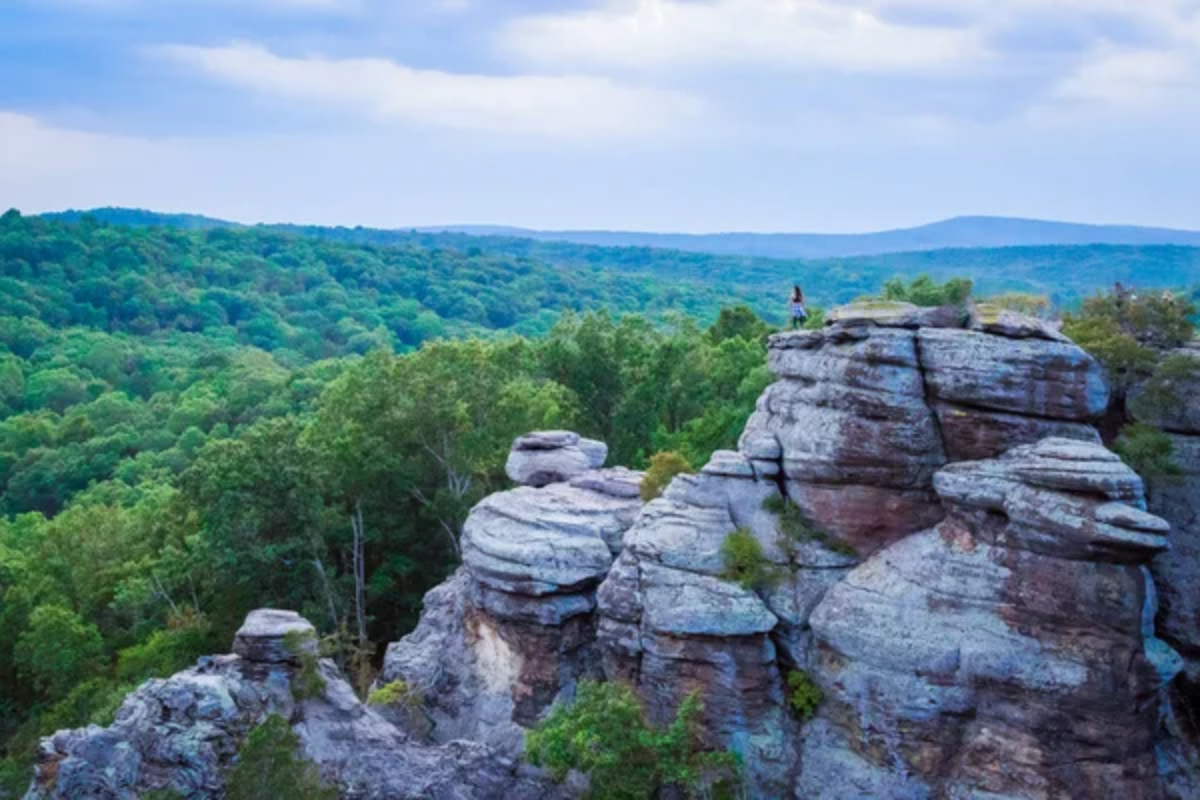
The famous Garden of the Gods area features sandstone formations that, while appearing solid, can crumble unexpectedly when used as handholds. Years of erosion have created deceptively fragile edges that can collapse under pressure, sending climbers scrambling for secure positions.
The forest’s river corridors harbor poison ivy vines thick as ropes, often disguised among other climbing plants and waiting to cause misery for bare-handed explorers.
Like Travel Pug’s content? Follow us on MSN.
Allegheny National Forest, Pennsylvania

This northern hardwood forest contains remarkable diversity in tree species, and many harbor irritating compounds in their bark and leaves. The forest’s famous old-growth hemlocks drop branches that splinter into needle-like projections when stepped on or moved aside on trails.
Winter hikers along the North Country Trail discover that snow-covered branches can whip back unexpectedly when passing, delivering stinging slaps to exposed skin.
Manti-La Sal National Forest, Utah
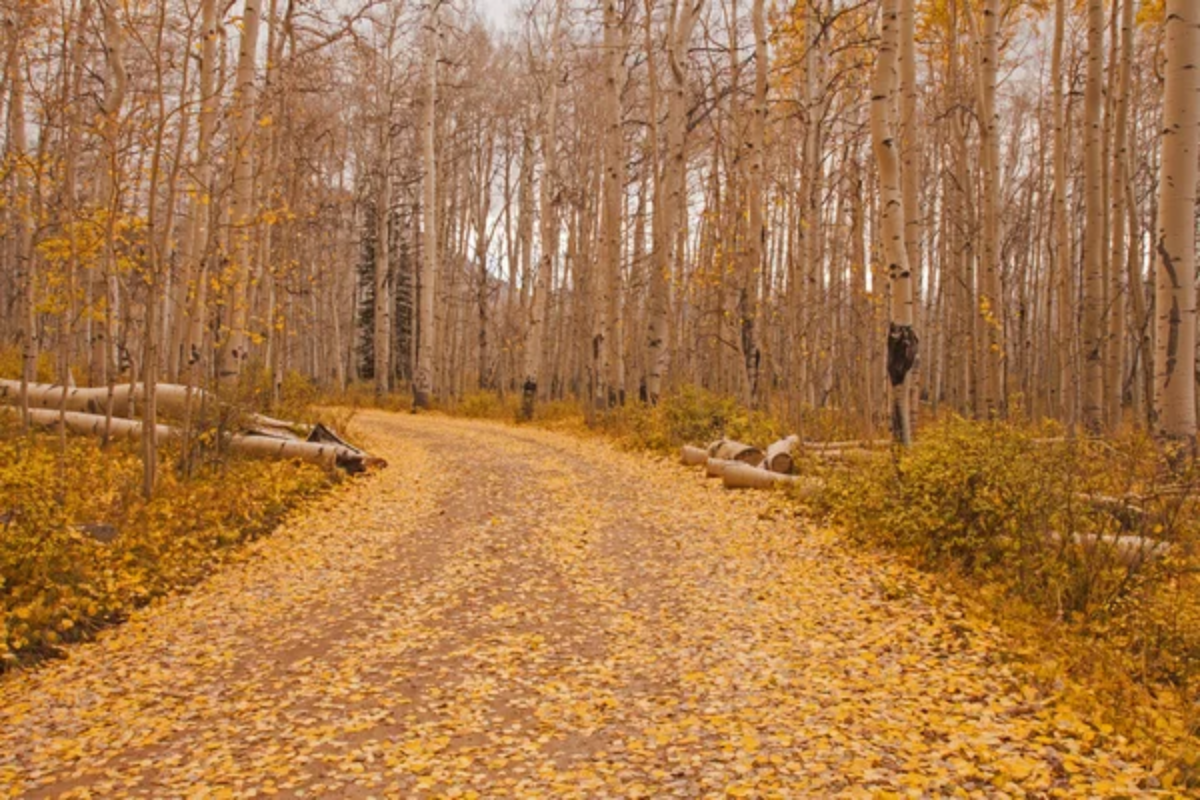
The high desert environment of eastern Utah creates forests where nearly every plant seems equipped with defensive thorns or spines. The transition zones between forest and desert harbor cacti and yucca plants with deceptively sharp spines that can penetrate deep into hands exploring off-trail areas.
The forest’s sandstone formations also feature remarkably abrasive surfaces that can efficiently remove skin when scrambling up popular climbing routes.
Tonto National Forest, Arizona
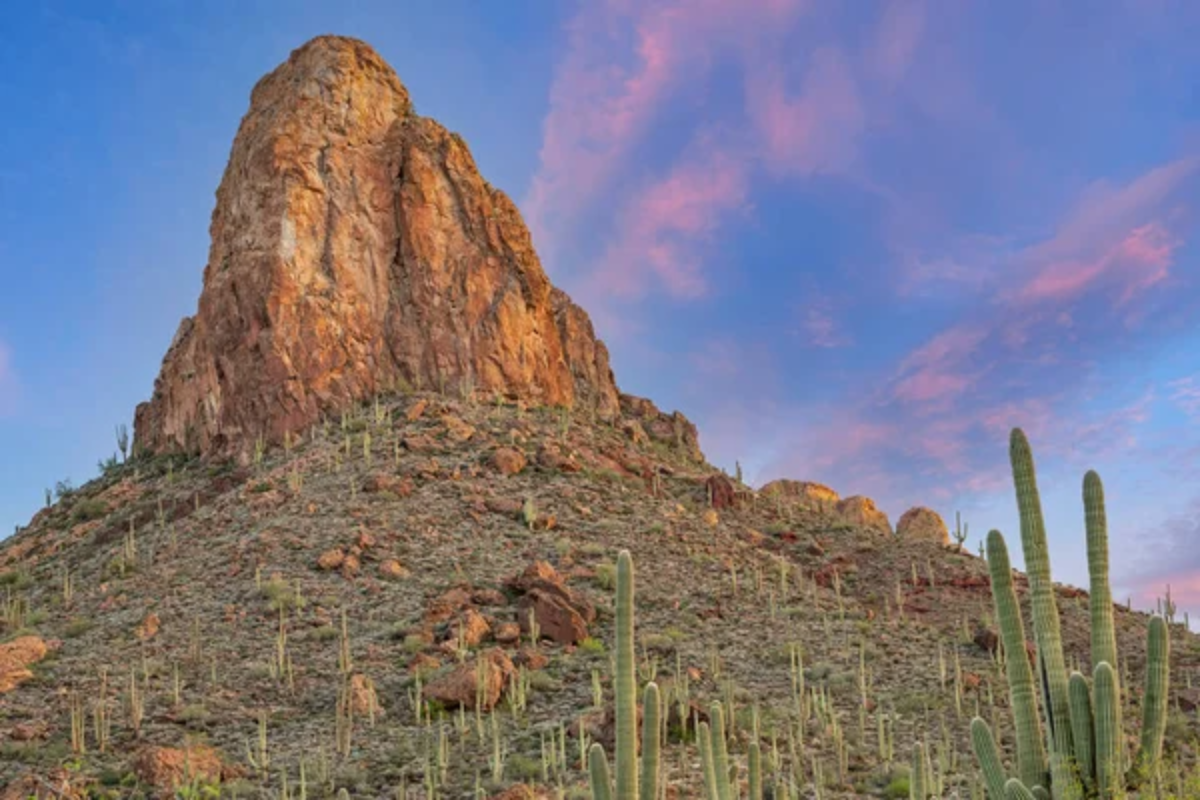
The diverse ecosystems near Phoenix range from saguaro cacti to alpine forests, and the hazards match this diversity. The forest’s famous swimming holes along Fossil Creek require navigating slippery travertine formations that provide treacherous footing and handholds.
During spring, the seemingly gentle activity of wildflower photography can lead to close encounters with ground-nesting bees and scorpions sheltering beneath picturesque blooms.
Like Travel Pug’s content? Follow us on MSN.
Beyond The Trailhead: Embracing Natural Connection
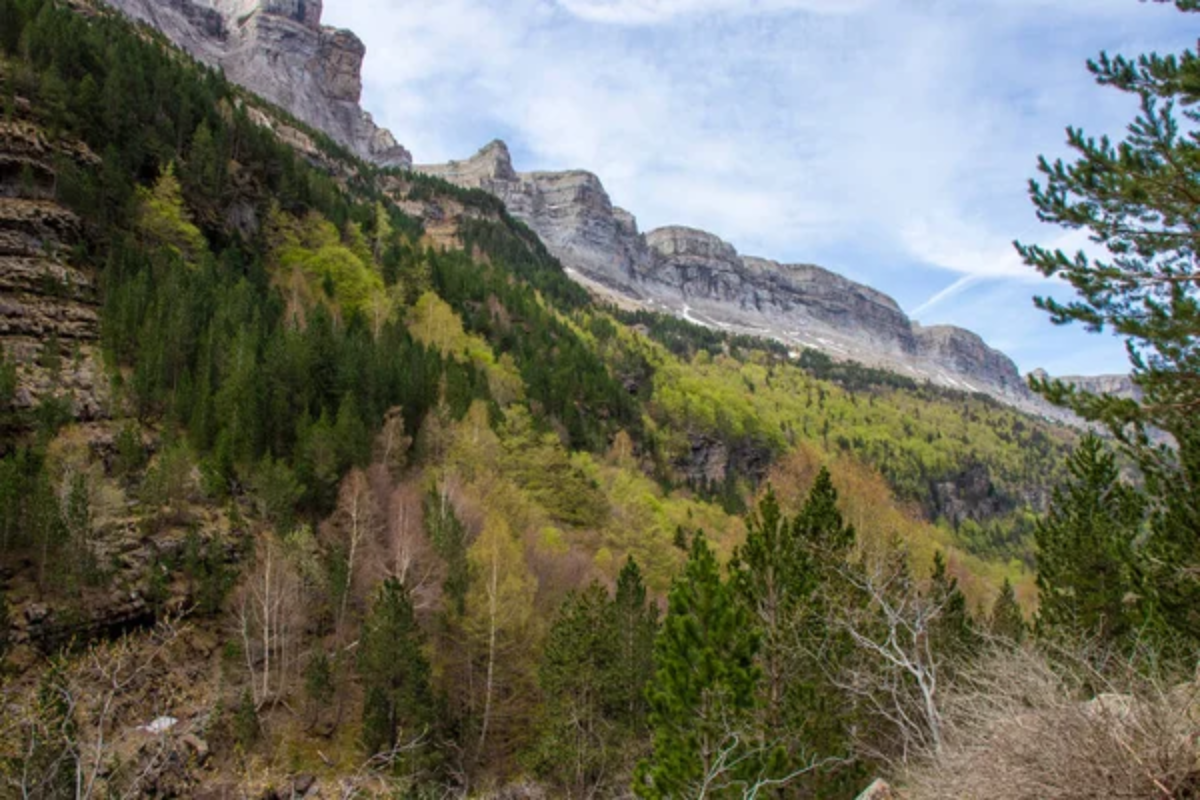
Forest exploration reveals an often overlooked truth—genuine connection with nature requires more than just observation from a distance. These twenty destinations invite visitors to engage physically with their environments, to feel the rough texture of ancient trees and the cool smoothness of river-polished stones.
Proper hand protection transforms these tactile experiences from potential hazards into memorable encounters with landscapes shaped over millennia. As we seek authentic outdoor experiences, sometimes the simplest gear, like a trusty pair of gloves, makes the difference between merely seeing nature and truly experiencing it.
More from Travel Pug

- Cities Growing so Fast You Won’t Recognize Them in 10 Years
- 13 Destinations Where Tourists Regularly Regret Their Trip
- 20 Obscure WWII Sites Even History Buffs Don’t Know About
- 10 Under-the-Radar Mountain Towns That Are Both Affordable and Beautiful
- Remote Villages in Europe Where You Can Live for Free in Exchange for Work
Like Travel Pug’s content? Follow us on MSN.
